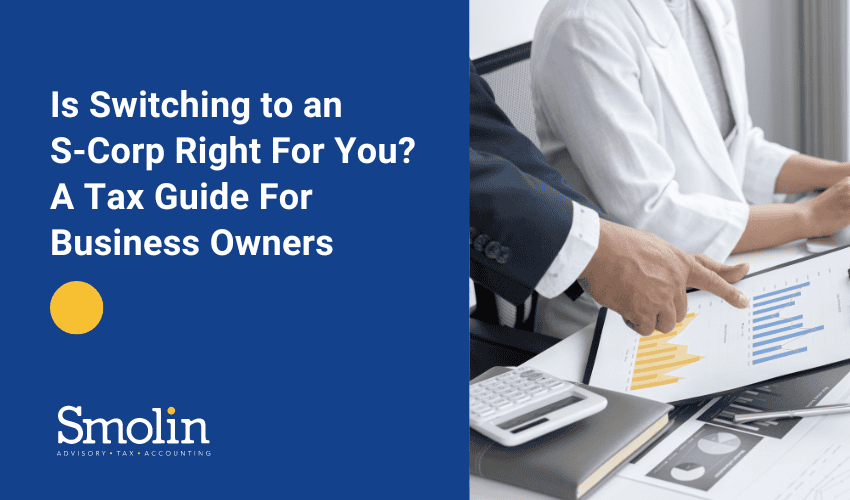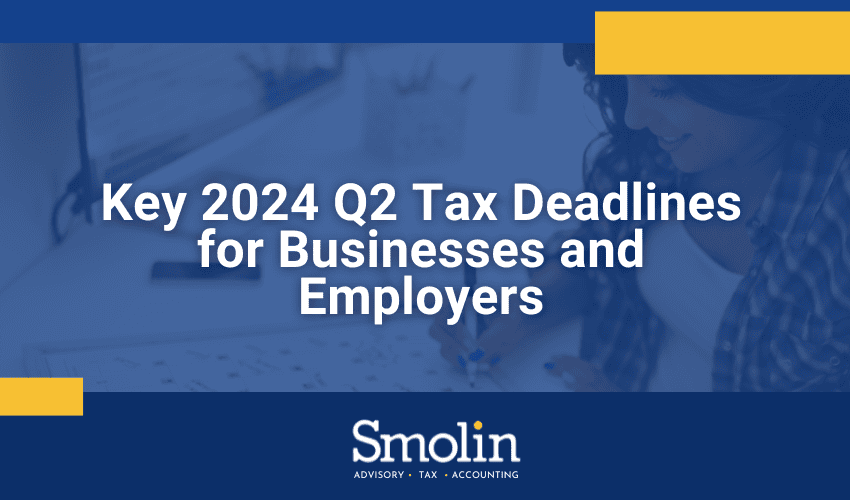The type of business you run (sole proprietorship, partnership, limited liability company or LLC, C corporation, or S corporation) can greatly impact your tax bill. Choosing the right one is important from the get-go, but you can switch from one entity to the other if it makes sense to maximize your tax benefits.
For instance, S corporations commonly provide substantial tax benefits over C corporations; however, there is the potential for costly tax issues that should be considered before making a decision on whether or not to convert from a C corporation to an S corporation.
Here are four considerations to help guide your decision:
1. LIFO Inventory Tax: If your C corporation uses a last-in, first-out (LIFO) inventory method, converting to an S corporation can trigger a tax payment on benefits gained by using LIFO. While this tax can be paid over four years, you should weigh it against any potential tax gains you’ll receive by converting to S status.
2. Built-in Gains Tax: S corporations generally do not pay taxes on their profits. However, if your business was formerly a C corporation, you could be taxed on certain profits (like appreciated property) that were already owned before the switch. This tax applies if those assets were sold within five years of the switch to being an S corp. While this tax is a drawback, there are situations where the tax benefits of an S election outweigh this cost.
3. Passive Income: S corporations with a history as C corporations may face a special tax on passive investment income (such as dividends, interest, rents, royalties, and stock sale gains) that exceeds 25% of their overall income, and they carried over profits from their C corporation years. Owing this tax for three consecutive years can cancel the S corporation status! There are ways to avoid this tax, like distributing accumulated earnings and profits to shareholders or limiting passive income.
4. Unused Losses: If your C corporation has accumulated losses, they cannot be used to offset the S corporation’s income, nor can they be passed through to shareholders. If the losses can’t be carried back to an earlier C corporation year, you need to weigh the cost of giving up the losses against the potential tax savings of becoming an S corporation.
Beyond Taxes: Other Considerations
These are just some of the factors to consider when switching from C to S status. For example, employee-owners of S corporations may not qualify for all the tax-free benefits available to C corporations. There can also be complications for shareholders who have outstanding loans from their qualified plans. These factors need to also be taken into account to have a clear picture of the implications when making your decision.If you’re considering changing your business structure, reach out to a Smolin Advisor. We can explain your options and potential strategies that can minimize your tax burden.









